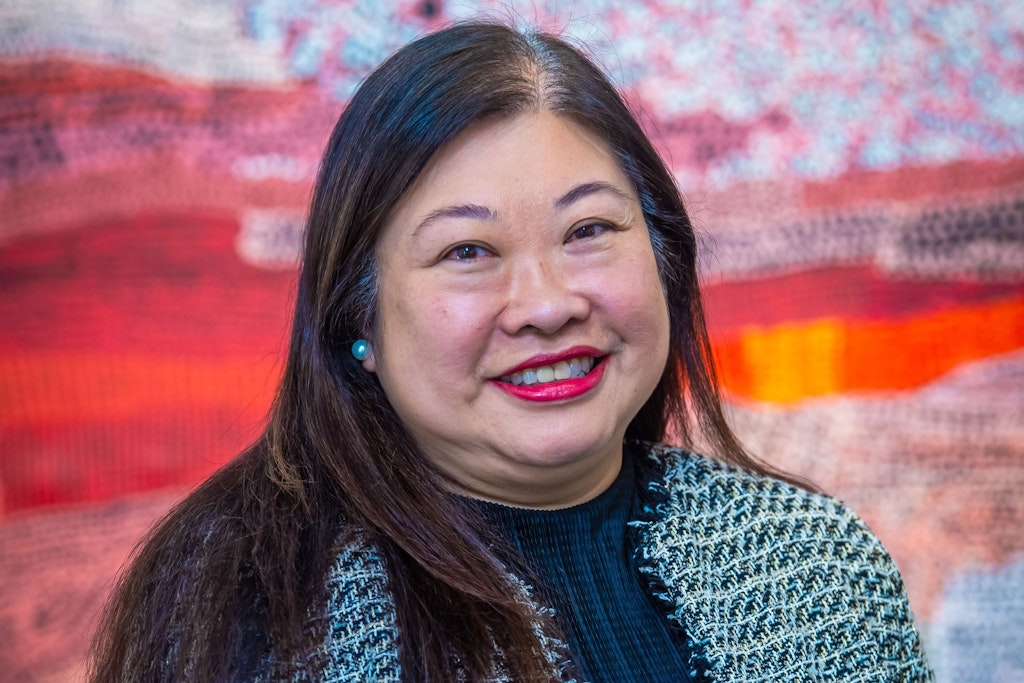Is a unified care economy aged care’s future?
Published on 1 September 2023

The Government’s Intergenerational Report offers a fresh perspective on the next 40 years for Australia, confirming that the Nation does have an ageing population, slower population growth and an increasing demand for care workers.
Although those facts aren’t groundbreaking – the aged care industry has certainly known what is coming – it has put them on the map for everyday Australians. As Peter Martin wrote for The Conversation, there has been a pessimistic view towards Australia’s future because of the Report;
“The picture painted is one of a future in which (old) dependants have far fewer people of working age to care for them, in which tax climbs dramatically to pay for the care of the elderly, and in which the next generation is poorer than this one is,” Mr Martin said.
Now, aged care does face a daunting task to overcome existing workforce and financial challenges. There is no silver bullet, a phrase often echoed throughout the sector. However, there are different approaches to solving those problems and for Professor Irene Blackberry, Care Economy Research Institute (CERI) Director at La Trobe University, the best approach is a unified one where the care economy as a whole is prioritised.
“Economic growth as a whole has slowed down over the last ten years. The Government also expects economic growth to be small over the next 40 years but the demand for care services is increasing so the care economy is going to be a major player within that economic space,” Professor Blackberry said.
“We need to see the care economy as an industry… as one system. At the moment people see this more like a welfare issue, they see older people as a burden. Right now there is a danger in seeing people as requiring different services, such as mental health versus dementia care, as opposed to providing person-centred care. We need to understand what people want and then we can co-design the industry to support it.”
Already the way aged care is viewed is being challenged. Ageing Australians are pushing for new models of care with an increased focus on diversity for independent living, retirement living and dementia care; burgeoning divisions of the care economy that are more distinct than what aged care once was.

“In the past, we have the model that you work until you reach 65 and then you retire and then you get too frail and you go to a nursing home and you die. There was no other option. Now people talk about living at home or in communities with home care packages,” Professor Blackberry said.
“So what we need to do is redefine aged care: what is aged care, and what type of care do people want over the next 40 years? We need to rethink how we want to live as it’s about living rather than the concept of dying.”
More solutions are required
The Intergenerational Report has mapped out the need for a major economic shift over the next 40 years. Currently, there are 3.7 Australians of working age for every person aged 65 and over. The figure drops to 2.6 by 2063. This means a larger percentage of the population will be working in the care economy, supporting older people in aged care or through general healthcare services.
The existing care economy is already the fastest-growing industry in Australia with over 1.8 million employees while its contribution to GDP is expected to nearly double to 15% by 2063. But with a set-up featuring siloed branches that cannot always effectively communicate with each other, people often fall through the cracks.
That’s why Professor Blackberry and La Trobe have forged ahead to launch CERI, a unified front working to improve and strengthen the care economy. They’re pushing for widespread change across the board, covering domains such as technology, workforce and the care experience as a whole.
“Care is a basic human right, it’s quite personal. When you talk about aged care or health care, the care component is one of the critical points of difference to other industries like manufacturing or mining,” Professor Blackberry said.
“Everyone wants to improve the way they deliver care and their workforce but the problem I see in this industry is we don’t have allocated RnD funding. It’s a bad place if you’re just trying to survive because it’s not set up to be a proper industry.”
So where does aged care sit following the Intergenerational Reports release? Professor Blackberry hoped to see further Government investment in the care economy as workforce, funding and technological constraints are too big for any individual or organisation alone. She also said more research into workforce management is essential for the sector as it needs to tackle core issues of staff retention and well-being.